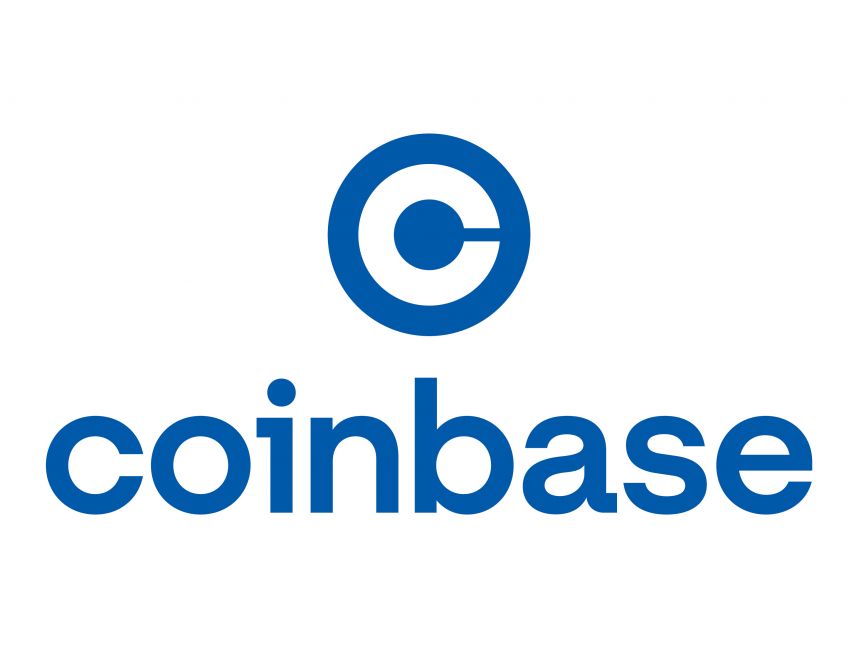- Coinbase considered adopting a Saylor-style Bitcoin reserve strategy but ultimately deemed it too risky due to Bitcoin’s volatility.
- CEO Brian Armstrong says the company chose stability, holding about 25% of its net cash in crypto instead of going all-in.
Coinbase may be a crypto giant, but even giants play it safe sometimes. In a recent Q&A session with customers, Coinbase CEO Brian Armstrong revealed that the company considered following in the footsteps of MicroStrategy’s Michael Saylor by loading its balance sheet with Bitcoin — but ultimately decided the move was “too risky.”
“There were definitely moments over the last 12 years where we thought, man, should we put 80% of our balance sheet into crypto — into Bitcoin specifically,” Armstrong said. But the volatility of Bitcoin, especially during Coinbase’s early years, posed too great a threat to the company’s survival.
Also read: Bitcoin Hits $102K: Whales Accumulate While Retail Investors Sell Off
“If our runway had gone from 18 months—and suddenly it was 12 months, or 10 months — it could have just killed the company entirely,” he explained. With major funding rounds on the line, Coinbase chose a more conservative path.
Still, Armstrong made it clear the company isn’t anti-Bitcoin. Coinbase currently holds 9,480 BTC — worth nearly $1 billion — on its balance sheet, representing about 25% of its net cash. That’s a far cry from Saylor’s bold bet. His firm, Strategy, holds a staggering 568,840 BTC, valued at nearly $60 billion, having aggressively financed purchases through stock and debt offerings.
Others have joined the Saylor school of thought. Companies like Metaplanet, MARA Holdings, and Semler Scientific are also acquiring Bitcoin, hoping its rise will inflate their market value. But Armstrong believes a measured approach aligns better with Coinbase’s long-term mission.
His caution seems timely: the U.S. government recently moved nearly $2 billion in Silk Road-linked BTC to Coinbase — a transfer that some fear could precede a market shake-up. In such a climate, Coinbase’s strategy of balance over boldness might just prove wise.
As the industry matures, Armstrong’s comments highlight a fundamental divide in crypto leadership: moonshots versus sustainability. For Coinbase, the message is clear — grow steadily, survive the storms, and play the long game.




